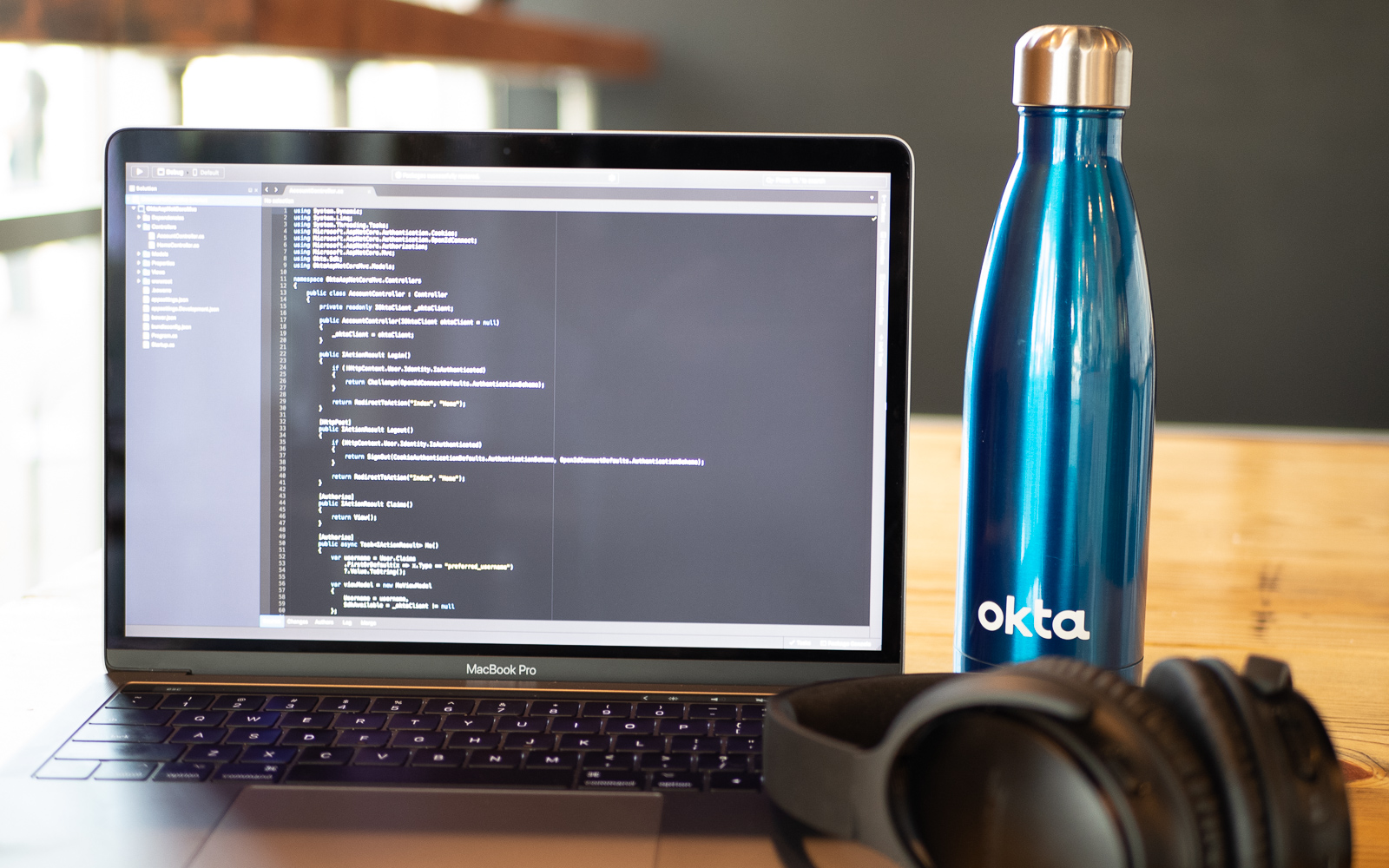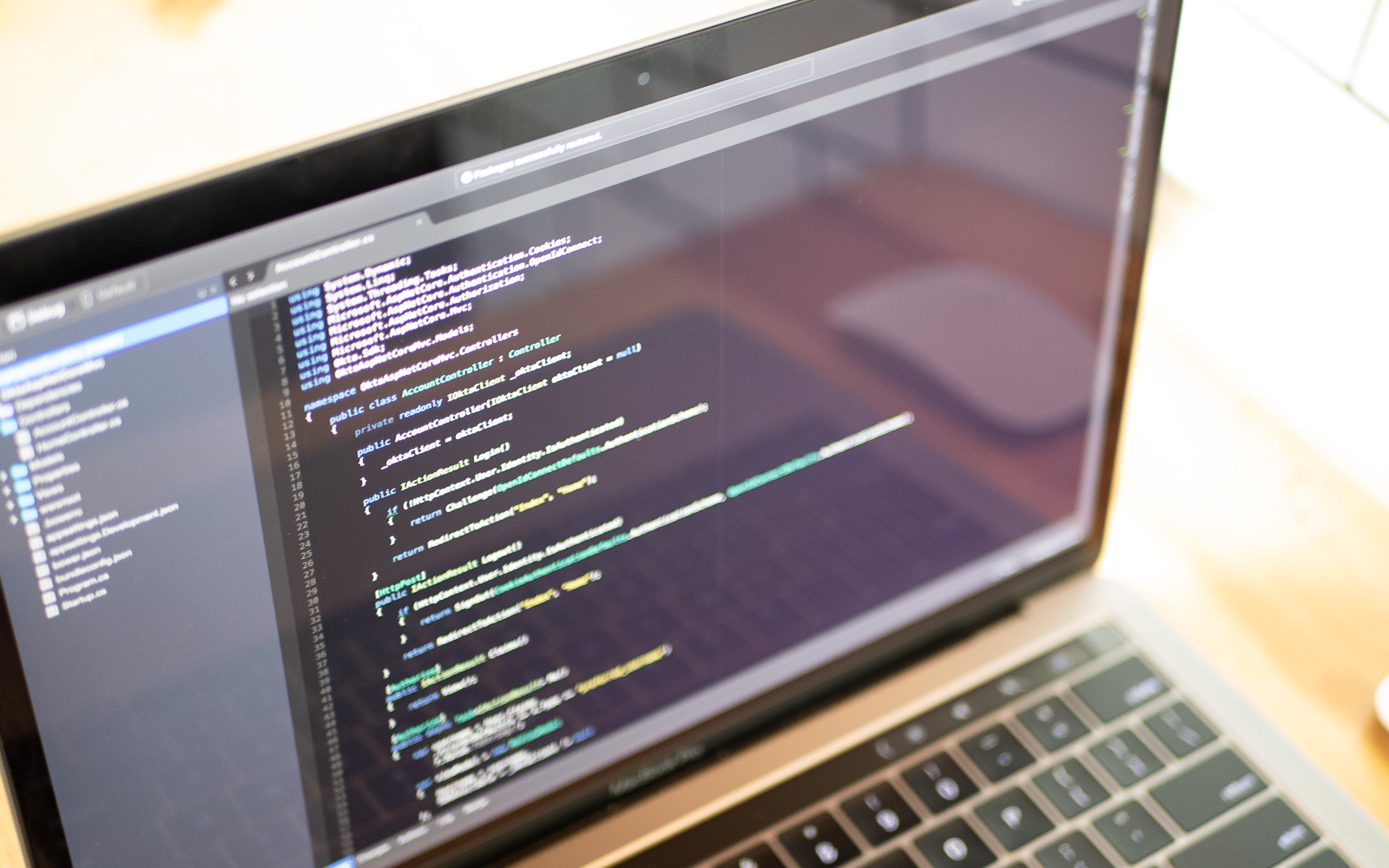Build a Desktop Application with Angular and Electron

So, you have been learning all about web technologies including JavaScript, HTML, and CSS. The advantage of web technologies is, of course, that the same software can be used on many different platforms. But this advantage comes with a number of problems. Web applications have to be run inside a browser and the interoperability with the operating system is limited. Direct access to features of the operating system is usually the domain for desktop applications....
A Beginner's Guide to Redux

React has gained a lot of popularity over the last few years, and Redux is a term often heard in combination with it. While technically separate concepts, they do work quite nicely together. React is a component-based framework, often used to create a Single-Page App (SPA), but can also be used to add any amount of independent components to any website. Redux is a state management system with a great set of dev tools useful...
Build a REST API with ASP.NET Web API

Do you need to build a REST API with ASP.NET Web API? If you’re creating a new API, you should probably create it with .NET Core. But it’s not always possible to use the latest and greatest technologies. If you’re working in an existing ASP.NET 4.x app, or the organization you work for hasn’t approved the use of .NET Core yet, you may need to build an API in .NET Framework 4.x. That is what...
A Quick Guide to OAuth 2.0 with Spring Security

When building a web application, authentication and authorization is a must. Doing it right, however, is not simple. Computer security is a true specialty. Legions of developers work day and night against equally numerous international hackers creating a continual development cycle of finding vulnerabilities, attacking them, and fixing them. Keeping up with all this solo would be painful (if not impossible). Fortunately, there’s no need. Spring Security and Spring Boot have made implementing a web...
Build a Secure Node.js App with SQL Server

I am a long-time relational database nerd, specifically SQL Server. At times in my career, I’ve focused on database design, deployments, migrations, administration, query optimization, and carefully crafting stored procedures, triggers, and views. I’ve written applications on top of SQL Server using Visual Basic, “Classic” ASP, ASP.NET, and, in recent years, Node.js. Yes, it’s true. You can build Node.js applications with SQL Server! In this tutorial, you will learn the basics of creating a Node.js...
Build a CRUD App with ASP.NET MVC and Entity Framework

Interested in building a secure ASP.NET MVC website that allows users to handle their own data with ease? Let’s walk through creating a basic application that allows the creation, reading, updating, and deletion of data (CRUD) with Entity Framework by your users while managing them easily with Okta. For a fun example, we will create a web application that lists upcoming rocket launches for space enthusiasts! You will have everything you need to get up...
Build a Simple REST API in PHP

REST APIs are the backbone of modern web development. Most web applications these days are developed as single-page applications on the frontend, connected to backend APIs written in various languages. There are many great frameworks that can help you build REST APIs quickly. Laravel/Lumen and Symfony’s API platform are the most often used examples in the PHP ecosystem. They provide great tools to process requests and generate JSON responses with the correct HTTP status codes....
Secure Service-to-Service Spring Microservices with HTTPS and OAuth 2.0

Building a microservices architecture is possible with minimal code if you use Spring Boot, Spring Cloud, and Spring Cloud Config. Package everything up in Docker containers and you can run everything using Docker Compose. If you’re communicating between services, you can ensure your services are somewhat secure by not exposing their ports in your docker-compose.yml file. But what happens if someone accidentally exposes the ports of your microservice apps? Will they still be secure or...
Simple User Authentication in React

In 2019, it’s quite easy to find React components for pretty much everything. For example, if you want to add user authentication to your app, you can do so easily with Okta’s React component. Here I’ll walk you through creating a simple, fun React app that fetches random Chuck Norris jokes. I’ll then show you how you can add user authentication and customize your user experience, so the jokes will replace Chuck Norris’ name with...
Migrate Your Spring Boot App to the Latest and Greatest Spring Security and OAuth 2.0

Spring Boot 1.5.x made it easier than ever before to integrate Spring Security with OAuth 2.0 into your application. Spring Boot 2.1.x dials it up to 11 by making OpenID Connect a first class citizen in the stack. In this post, you start with Spring Boot 1.5.19 and Spring Security 4.2.x. You integrate it with Okta’s OAuth service. From there, you move onto Spring Boot 2.1.3 and Spring Security 5.1. You’ll see how integrating with...